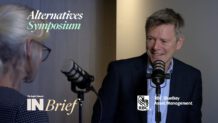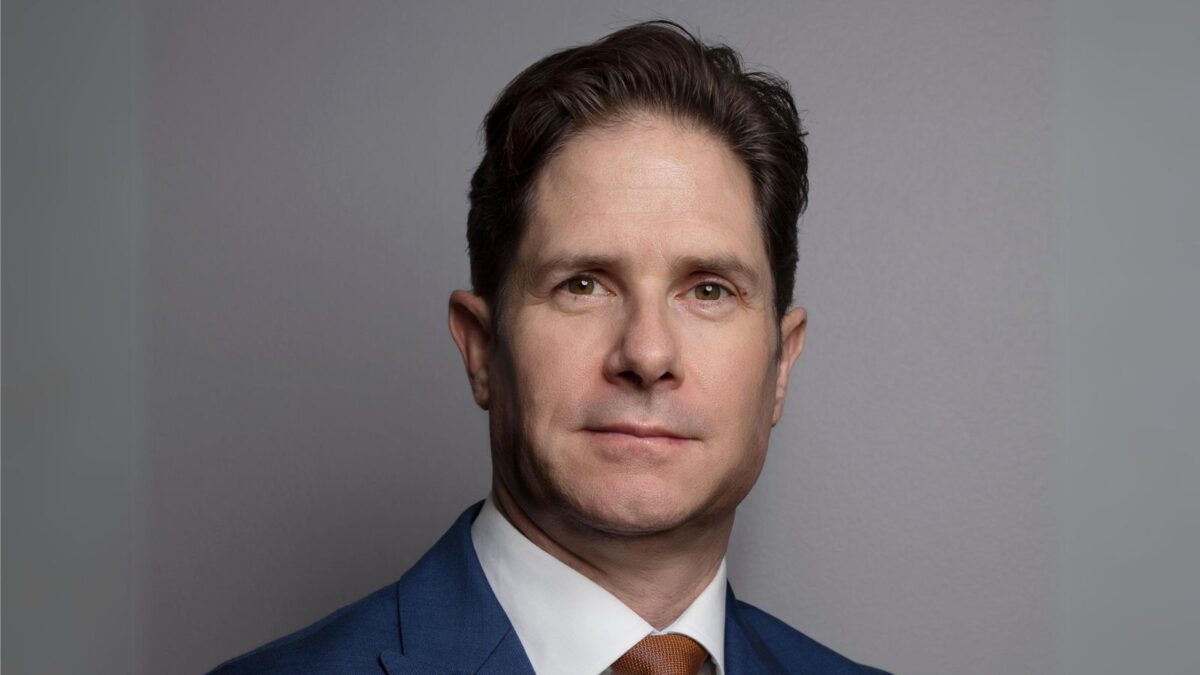The changing face of fixed income
The bond market (or, arguably, the rates and credit markets) aren’t as transparent or as well-understood as they should be. Historically, bonds have been used in portfolios for diversification purposes through the 60/40 portfolio. However, since inflation reared its ugly head, central banks have been forced to react, increasing rates and triggering an equity and bond market sell-off. This has seen a sharp rise in volatility, and it has affected the bond market in a negative way, in both the rates market and credit market. Bill Prendergast, senior portfolio manager at Atrium Investment Management, recently discussed the recent distortions in fixed-income markets and the role that fixed-income should be playing in portfolios right now.
There are opportunities to add value in this component of market, but Prendergast stresses that it isn’t a set-and-forget instrument. Traditionally, investors bundle these two into one risk factor and they do that by allocating to a rates and credit portfolio.
“That isn’t what we do. We see these two as completely different risks. At times they may be correlated to each other. And that needs to be taken into account when constructing multi-asset funds,” says Prendergast. “On the rates side, an investor can purchase a bond with duration. If for example a bond has a duration of eight years and if rates move higher by one per cent, then the price falls by eight per cent. Allocating to Government bonds on the basis of the direction of interest rates.
“In terms of duration, we talk about the change in interest rates. Going back to the early 1980s, rates were extremely high, at around 17%. That has provided a long-term tailwind to duration but is less likely going forward. We are starting to see yields rising driven by inflation forcing central banks and the reversal of QE,” adds Prendergast.
It also means that 60/40 portfolios are showing increased volatility on bonds and stocks. It brings up the question whether duration or fixed-income will provide the same diversification qualities going forward. The key driver is credit spreads. Firstly, the higher incremental yield of the more riskier credit versus less risky credit. The high-yield bond market is riskier than investment-grade bond market, and the spread is significantly more volatile with a higher yield.
The spreads are highly volatile and highly cyclical, driven by an economic cycle, market cycle and the expected default cycle. And logically they are all related to each other. These factors will all flare-up at the point of recession. If you were actively allocating in and out of private credit, the time to invest in credit is when spreads are tight. In March 2020, when the world was ending due to Covid, there was an opportunity to buy more risky credit.
Prendergast says, “The tide has changed in the credit market, the average tenure has lengthened significantly post-GFC. Another notable structural change is the average credit quality (rating) has declined significantly, driven by a downgrade in the banking sector and investors being more open to investing in BBB credit bonds.”
When allocating to these products, investors need to understand that this is a risky market. One of the worst bond routs in history took place earlier this year. From its peak in October 2021, the Bloomberg AusBond Composite Bond index recorded a drawdown of 11%. Several factors had created the perfect for investors, whereby their portfolios lost their yield buffers and were fully exposed to future inflation shocks and interest rate rises. Many portfolios allocated to fixed income to dampen risk and provide income which had a detrimental effect on returns. Equities and bonds, both being positively correlated, fell together, at the same time. And this created major headwinds for investors.
Moving forward, much of the pain is behind us. With the steepening of yield curves, there may be an opportunity to build some yield into portfolios but Prendergast concludes by alerting investors to educate themselves when allocating to these types of products, so that they are aware of all the risks both upside and downside.











